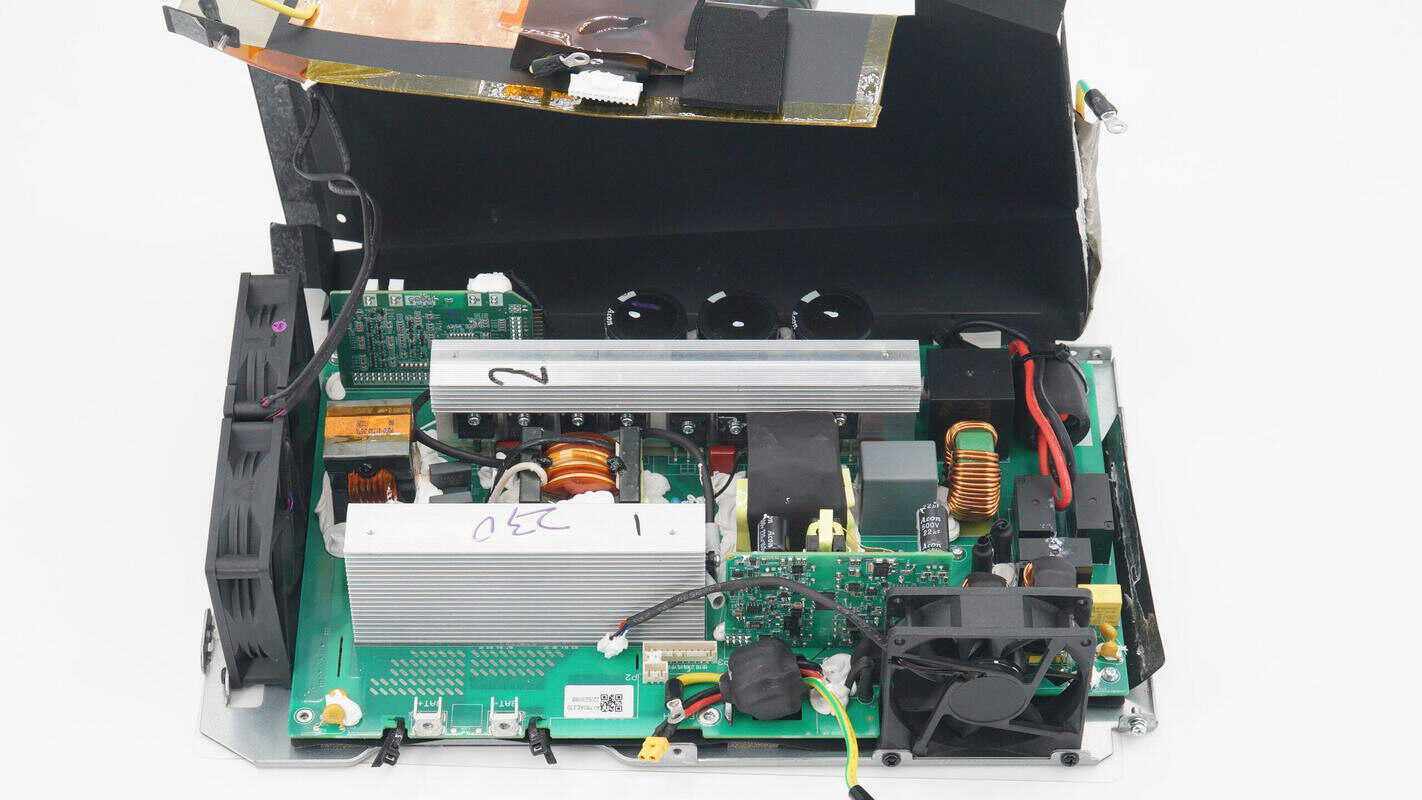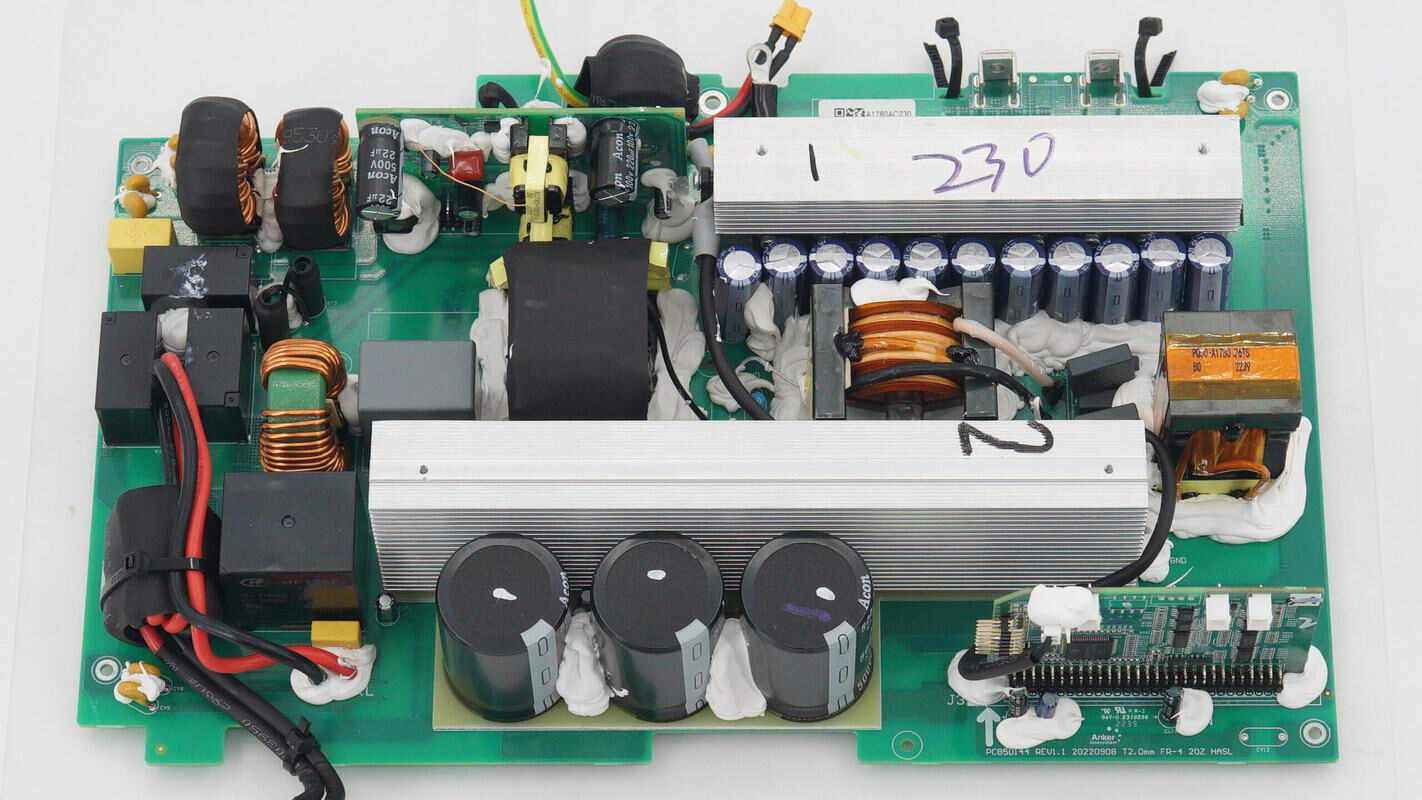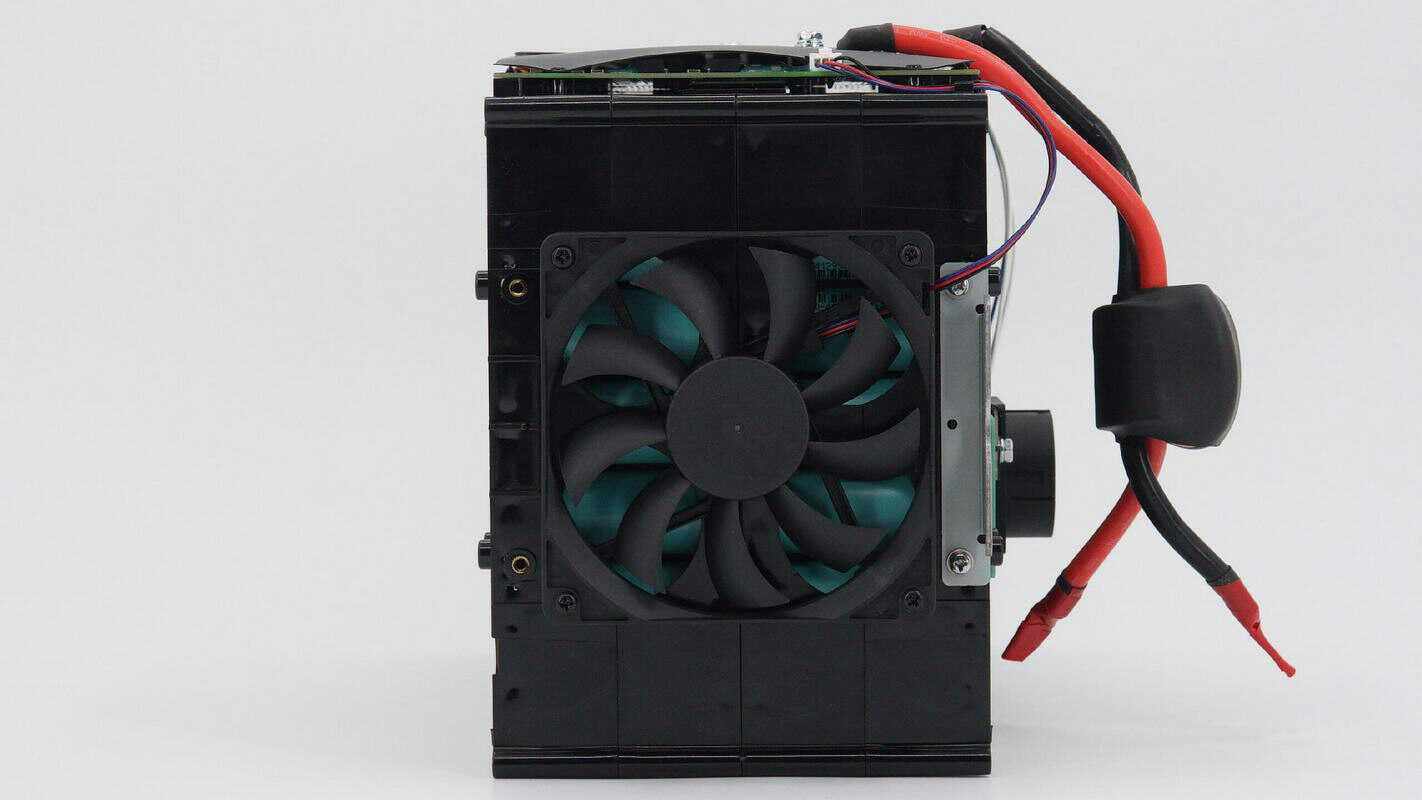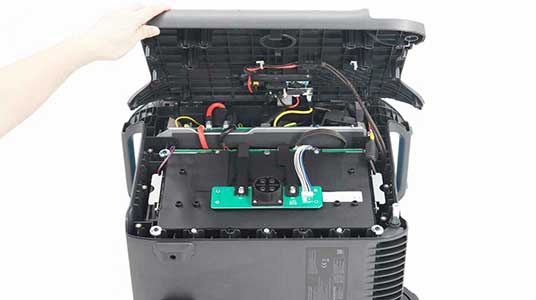Yes, portable power stations can make noise, but the level of noise depends on several factors, including the type and quality of the battery, inverter, fan or cooling system, and operating conditions. Noise reduction techniques can be used to minimize the noise produced by portable power stations.
Importance of noise level

When considering a portable power station, noise level may not be the first factor that comes to mind. However, this aspect can be a crucial factor depending on your intended use of the power station.
For example, if you plan to use the power station while camping or in a quiet environment, a noisy generator can be a major disturbance. On the other hand, if you plan to use the power station in a noisy environment, such as a construction site, noise level may not be as much of a concern.
In addition to potential disturbance to yourself and others, noise level can also impact the wildlife in the area. Excessive noise can disrupt animals and their habitats, leading to negative environmental consequences.
Fortunately, many portable power stations on the market today are designed to operate quietly. Inverter generators, in particular, are known for their low noise output. Some models even feature “eco mode” settings that further reduce noise and fuel consumption.
When shopping for a portable power station, be sure to check the manufacturer’s specifications for noise level. Look for models with noise levels of 60 decibels or less, which is equivalent to normal conversation level. Some models even operate at 10 decibels or lower, making them nearly silent.
Noise Levels of Portable Power Stations

Portable power stations can generate two types of noise: mechanical noise, stemming from moving parts like the cooling fan or the inverter fan, and electronic noise, arising from internal electrical components like the transformer or the inverter.
The decibel level of a portable power station varies depending on the make and model. In general, most portable power stations produce noise levels ranging from 40 to 70 decibels (dB). To put this into perspective, a typical conversation is around 60 dB, while a vacuum cleaner is around 70 dB. Hence, most portable power stations are relatively quiet when compared to other typical household appliances.
For power stations with higher power capacities, larger cooling fans may be required, resulting in increased fan noise. Additionally, consider that as the portable power station’s battery depletes, the fans may speed up to compensate, resulting in slightly louder noise.
Compared to other common noise sources, such as generators or gas-powered tools, portable power stations are generally much quieter. For example, a typical generator can produce noise levels of up to 100 dB, while a chainsaw can produce noise levels of up to 120 dB. Therefore, if noise level is a concern, a portable power station may be a preferable option.
Factors that Affect the Noise Level of Portable Power Stations
The noise level of a portable power station is affected by several factors, including the battery type and quality, inverter type and quality, fan or cooling system, and operating conditions.
Battery type and quality
The battery type and quality can affect the noise level of a portable power station because it can impact the efficiency of the inverter and cooling system. Lithium-ion batteries are known for their high energy density and low weight, making them a popular choice for portable power stations. They also have a low self-discharge rate, which means they can hold their charge for longer periods of time. Lead-acid batteries, on the other hand, are bulkier and heavier, but can provide more power over a longer period of time. They also tend to be noisier due to the way they discharge.
Inverter type and quality
The inverter type and quality can also affect the noise level of a portable power station. A high-quality inverter will typically produce less noise than a lower quality one. Some portable power stations also come equipped with a pure sine wave inverter, which can produce less audible noise than a modified sine wave inverter.
Fan or cooling system

The fan or cooling system of a portable power station can also play a role in the noise level. Some models have fans that kick on to cool down the battery or inverter when they get too hot. These fans can produce a noticeable amount of noise, especially in quieter environments. However, some models have advanced cooling systems that are designed to be quiet and efficient.
Operating conditions can also affect the noise level of a portable power station. For example, if the power station is operating at its maximum capacity, it may produce more noise than if it is operating at a lower capacity. Additionally, if the power station is placed on a hard surface, the vibrations from the unit can also contribute to the noise level.
Noise Reduction Techniques for Portable Power Stations
Reducing the noise level of a portable power station can be important for various reasons, such as keeping a quiet environment for camping or outdoor activities or minimizing noise disturbances in residential areas. There are several techniques to reduce the noise level of a portable power station.
One technique is to use a soundproof enclosure. This enclosure is designed to absorb and reduce the noise produced by the power station. It usually consists of thick walls made of sound-absorbing materials, such as acoustic foam or mass loaded vinyl. The enclosure also includes ventilation holes for air circulation and may have a door or removable lid for easy access to the power station.
Another technique is to use vibration dampening materials. These materials, designed for absorbing and reducing vibrations generated by the power station, play a role in noise reduction. To reduce vibration transmission to the ground, you can place common vibration-damping materials like rubber pads or mats under the power station.
Quiet fans or cooling systems can also help reduce the noise level of a portable power station. These fans or cooling systems are designed to operate at lower noise levels than traditional fans or cooling systems. Some portable power stations may even have built-in quiet fans or cooling systems.
Positioning and placement can also affect the noise level of a portable power station. Placing the power station on a soft surface, such as grass or a mat, can help reduce vibration and noise transfer to the ground. Placing the power station in a location that is shielded from wind or other environmental factors can also help reduce noise.

